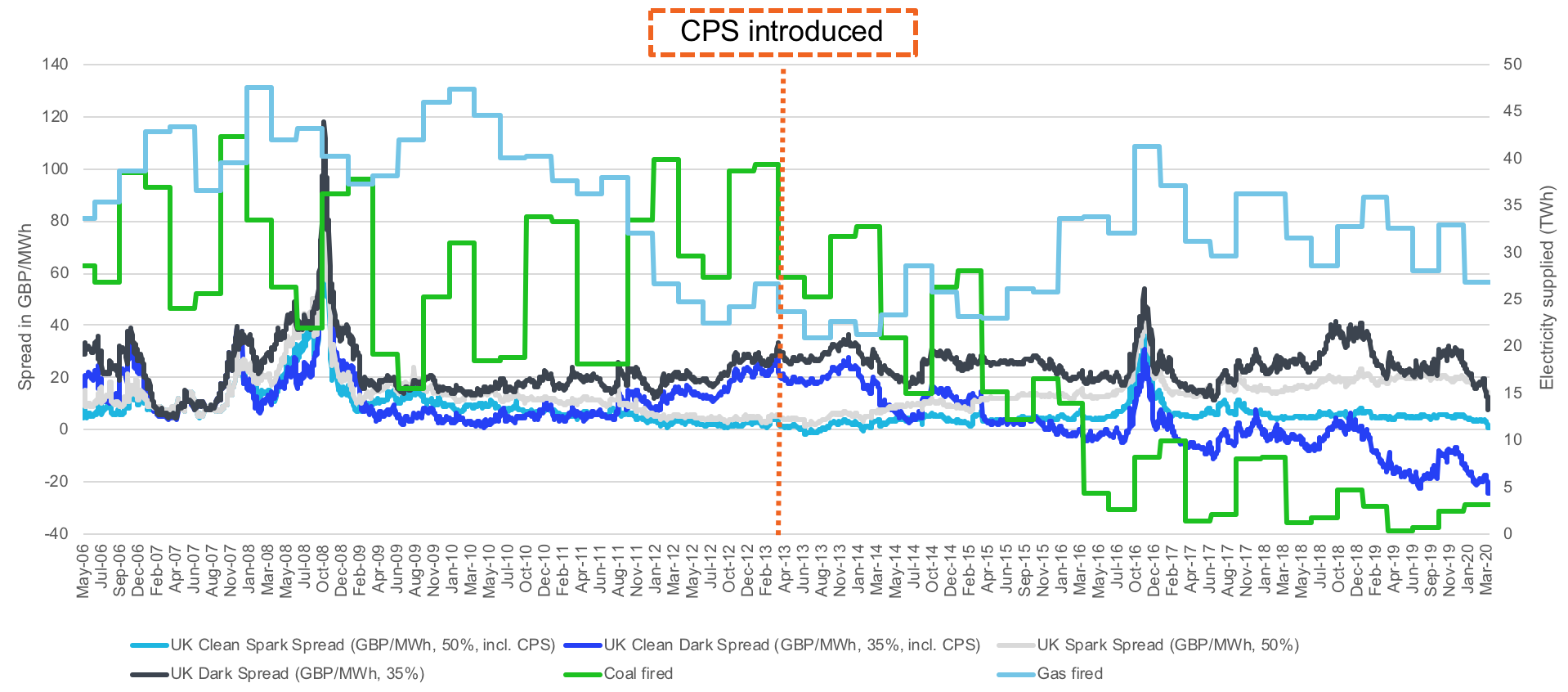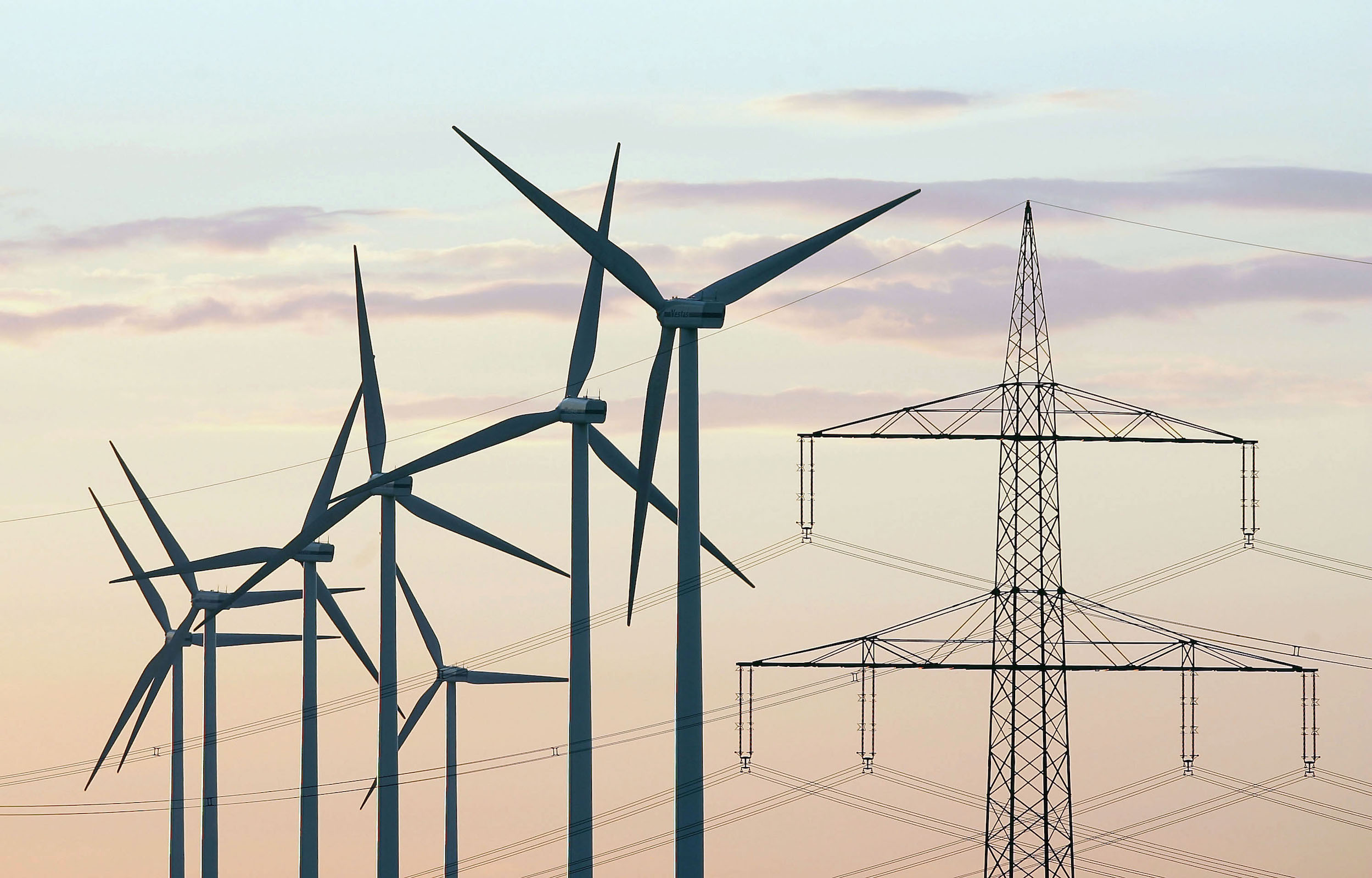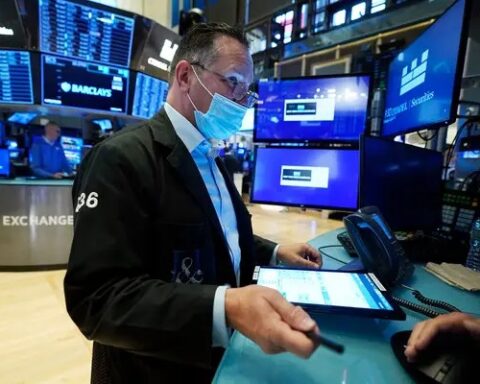Using price signals to navigate climate risk
In the 1970’s most of the UK’s electricity was produced by coal-burning power stations. That decade saw the introduction of the three-day week, where the commercial consumption of electricity was limited to conserve coal stocks.
The transition to new energy sources is a constant: driven by supply and demand, advances in technology and public policy. Energy has underpinned the advancement of societies — from pre-agricultural foraging to fossil fuel-driven megacities — with rising demand driven by population growth and higher living standards.
Despite the benefits of energy, its production and use has had a negative impact: global warming, caused by the emission of Green House Gases (GHG) from burning fossil fuels, forces us to face the consequences of our fossil fuel energy dependency.
To mitigate the impacts of global warming, today the latest ‘energy transition’ involves the long-term shift in the fuel mix — or “merit order” — to a net-zero-carbon economy. It’s a process that involves shifting our dependence on different energy sources for use in heating, transport, electricity generation and manufacturing. As the least carbon-intensive fossil fuel, we have seen natural gas rise up the merit order versus coal in electricity generation and renewable energy sources will continue to become more prevalent as they become more affordable and accessible.
The road to a zero-carbon economy will be a long and complex transition — addressing the dual challenge of providing affordable electricity for the nearly one billion people without it, while halting climate change. Critically, the price signal of markets can help achieve these related but potentially conflicting goals. It will need to be a transition: renewable fuels remain intermittent in nature, and many are not yet cost-competitive with fossil fuels. Every transition must also be funded from the incumbent energy mix — fossil fuels are needed to manufacture and deploy windmills, solar panels and other technologies.
As a global operator of energy markets, ICE understands how markets can facilitate the energy transition as efficiently as possible. Here, we’ll examine the impact of the energy transition on various energy uses, through the lens of a market operator and data provider.
Science, economics and markets
The idea that energy spent obtaining an energy resource must be justified by its output is reflected by Energy Return on Energy Invested (“EROEI”) or Energetics. In this concept, the transformation of energy – the extraction, transportation and conversion – are all important considerations. The development of fossil fuel resources has been so substantial in modern civilisation because they produce the highest net energy returns.
While EROEI focuses on the science and conversion of a molecule, the value of a molecule should also be considered. This is economics at play and one of the primary roles of financial markets. Financial markets provide price transparency for the value of energy today and in the future — creating liquidity to transact and transfer risk. Now with a new externality in climate risk, the formula must adapt to include the cost of pollution. This is the era of “Carbonomics”.
Liberalised markets are critical to the energy transition as they enable competition between energy sources, while market-based mechanisms, like carbon cap and trade schemes, can work to change consumer behaviour by attributing a cost of pollution. Already, we have seen the establishment of new markets for emission products and renewable energy sources. We’ve also witnessed the liberalisation of natural gas, where the commoditisation of liquefied natural gas has shifted from a procurement dynamic to one that’s market-based — with the development of key natural gas benchmarks and a global natural gas market.
In addition, the ability to hedge energy risk allows organisations to access finance — a vital ingredient for investment in infrastructure and manufacturing to support the energy transition.
The start of the cycle
Trillions of investment dollars will be needed to meet the goal of net zero carbon, and sustainability is being given greater emphasis at the start of the cycle.
Banks and international financial institutions, such as the European Bank for Reconstruction and Development continue to bow to pressure not to lend to coal projects, while growth in green bonds shows the start of a change in lending practices. In September 2019, Italian energy giant Enel placed the world’s first bond linked to a sustainability goal; the bond raised $US1.5 billion and the coupon is tied to Enel’s ability to raise its total installed renewable capacity to 55% as a percentage of its total capacity. The value of sustainability was given a 20 basis point advantage in the cost of financing versus a bond without sustainability features. This will likely be the financing model of the future — where it’s cheaper for companies to raise finance if they’re demonstrably contributing to the goals of the Paris Agreement.
Institutional investors will also play a vital role. Initiatives like Climate Action 100+ represent 450+ investors with over USD $41 trillion in assets under management, and aims to pressure companies which account for two-thirds of global industrial emissions to take action. More recently, investors such as BlackRock warned they would vote against boards with insufficient progress on sustainability disclosures, and Chairman Larry Fink foresees a significant reallocation of global capital, as the link between climate change and investment risk is recognised. These types of initiatives will drive the need for data on the ESG (Environmental, Social and Governance) credentials of companies, which will determine investment flows and create demand for new investor products.
In addition, institutional investors are allocating a portion of their fee income to buy carbon allowances and renewable energy credits and subsequently retiring these assets. As organisations without strict ESG compliance obligations, the purchase of these assets reduces supply and should boost their value — and hasten the decline of carbon intensive energy, or encourage investment in renewables. In March 2020, BlackRock and CarbonCap both announced similar initiatives.
Carbon: to tax or to trade. Quo Vadis?
The UK was once a global leader in coal production until the early 20th century. In 1950 coal supplied around 90% of the UK’s energy demand and by 1970, still nearly half. Today, the UK is a compelling example of how market-based mechanisms combined with policy intervention can remove carbon-intensive fuels from the merit order. At the start of the prior decade, the UK government was concerned that low European Union allowance prices would hamper the decarbonisation of the UK electricity sector. In 2013, it introduced the Carbon Price Support (CPS) via a carbon tax. As a result, the carbon price paid by the UK electricity sector consists of CPS plus the price of EU ETS. The CPS mechanism is widely recognised as a driving force of the coal-to-gas switching by UK electricity producers. Today, less than 5% of the UK’s electricity is coal-generated, with remaining plants expected to be decommissioned by 2024.
Changing the merit order in power generation
Source: UK Department Business, Energy & Industrial Strategy, June 2020
Europe’s 2010 debt crisis saw a chronic oversupply of emission allowances build up in the EU emissions trading system (ETS) as reduced economic activity meant carbon emissions were lower than forecast. This meant the ETS did not produce a robust price signal to incentivise emission reduction. In response, the European Commission (EC) established the Market Stability Reserve (MSR) in 2019 which serves as “central bank” and allows the EC to manage the supply of emission allowances primarily by transferring unallocated allowances to the reserve and determining when, and how many, of these allowances should be released into circulation. This helps maintain orderly functioning of the carbon market and the ETS’s ability to meet European emission reduction targets. With the introduction of the MSR, the carbon price signal has been sufficiently strong to bring natural gas up the merit order. Since 2019, a robust carbon price and low natural gas prices contributed to coal and lignite being overtaken by natural gas in the energy mix of the EU.
At a policy level, a greater range of sectors are being targeted. Policies such as the Western Climate Initiative (the shared emissions trading market between California and Quebec) covers ~ 85% of all carbon emissions by targeting the relatively neglected area of transport.
Outside of policy reform, an increasing number of corporates are acting voluntarily through organisations such as the We Mean Business Coalition which accounts for over 1,900 commitments from 1,300 companies with a market value of $24 trillion — or the Energy Transition Commission and its Mission Possible platform which gathers a diverse group of leaders from public, private and social sectors.
As the energy transition continues, markets will allow participants to manage their exposure to changing relationships between fuels, and their carbon footprint in the energy complex. Importantly, access to transparent pricing allows policymakers to gauge effectiveness of the emissions market – the feedback mechanism of action which encourages emissions cuts. Here, the EU ETS and related EUA futures market are powerful examples to nations which are designing cap and trade systems. The commitment of European countries to the ongoing adaption of these schemes to ensure their effectiveness should be commended – and presents a valuable learning experience. In particular, the UK’s use of the Carbon Price Support illustrates the power of intervention, and acting unilaterally for a worthy cause.
The ultimate currency
“Energy is the only universal currency: one of its many forms must be transformed to get anything done,” scientist and policy analyst Vaclav Smil wrote. From food to natural gas and sunlight, energy is pivotal to our existence. Yet many of us are so accustomed to its presence, that we forget its source. As civilisations have evolved, so has our ability to extract and produce energy in increasingly efficient ways, which has improved many lives beyond measure.
Today, billions of people globally still lack access to energy — and are denied the associated social, economic and health benefits. Over 2 billion people must burn biomass or kerosene to cook, risking respiratory problems and fire hazards. And nearly one billion lack access to electricity, which enables societies to work long after sunset.
Energy transitions are constant. Along with the muscle power of people and animals, biomass was the primary source of energy for centuries. In the mid-18th Century, James Watt’s steam engine and access to cheaper coal created an industrial revolution. In the 19th Century, two major technical advancements — the internal combustion engine and modern steam turbine — drove the transition from coal to oil and harnessed the abundance of low-cost electricity.
Now, the recognition of a new externality in climate risk means incumbent economic models are no longer acceptable however there is no silver bullet and the actual route to decarbonisation will likely take many routes including improving energy efficiency and deploying new de-carbonisation technologies such as battery storage, hydrogen and carbon capture. Renewables will continue to come to the fore. Hydrocarbons will remain an important provider of energy, but their carbon footprint will be mitigated through carbon capture technology or the use of carbon offsets.
Harnessing the “power of markets” is critical to meeting growing energy demand while reducing pollution and carbon intensity in the most efficient manner possible. As an operator of energy and financial markets, it’s our obligation to show how markets can intersect with complex, global challenges – facilitating the current energy transition, so participants can navigate a path forward and create a more sustainable future for all.
EROEI is the ratio of energy returned to energy invested in an energy source, and is applied to determine the efficiency of fuels such as oil, biofuels, geothermal, nuclear, coal, solar, wind, and hydroelectric. A large number represents an accessible and cheap energy source, while a ratio of 1 means no return on energy invested. This means EROEI is key to determining the price of energy, and can help governments and companies determine which systems are more economical than others. For nations such as China and India, coal represents an energy source with a high EROEI to support their economic expansion. Yet the resulting cost of climate change makes it critical that they are able to access alternate energy sources like natural gas, which would have an equally high EROEI once needed infrastructure is built to support its use. While technical advancement has boosted the return on energy, they have also increased demand for it. Over time, EROEI has become better at reflecting the life-cycle costs of an energy source and cutting out influences which distort the return. Now, the return on investment includes a new externality: the cost of pollution.
| Science: |  |
| Economics: *Spark spread and dark spread |  |
| Carbononomics: *Clean spark and clean dark spreads |  |






